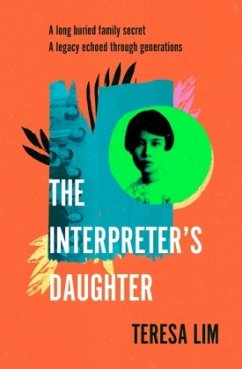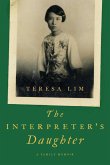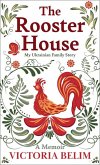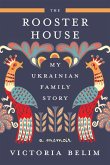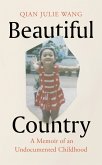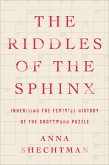Discover one family's fascinating story in this beautiful, sweeping, multigenerational memoir, spanning 19th century south China to modern day Singapore
'A captivating, compelling story of history, family loyalty, and personal sacrifice. A fascinating and richly textured multigenerational tale' Charmaine Wilkerson, New York Times bestselling author of Black Cake
'I would learn that when families tell stories, what they leave out re-defines what they keep in. With my family, these were not secrets intentionally withheld. Just truths too painful to confront . . .'
________
In the last years of her life, Teresa Lim's mother, Violet Chang, had copies of a cherished family photograph made for those in the portrait who were still alive. On the back is the place and date: Hong Kong, 1935.
Teresa would often look at this photograph, enticed by the fierceness and beauty of her great-aunt Fanny looking back at her. But Fanny never seemed to feature in thetold and retold family stories. Why? she wondered.
This photograph set Teresa on a journey to uncover her family's remarkable history. Through detective work, serendipity, and the kindness of strangers, she was guided to the fascinating, extraordinary life of her great-aunt and her world of sworn spinsters, ghost husbands and the working-class feminists of 19th century south China.
But to recover her great-aunt's past, we first must get to know Fanny's family, the times and circumstances in which they lived, and the momentous yet forgotten conflicts that would lead to war in Singapore and, ultimately, a long-buried family tragedy.
________
The Interpreter's Daughter is a beautifully moving record of an extraordinary family history. For fans of Wild Swans, The Hare With Amber Eyes, and Falling Leaves this is the next classic in the making.
'A captivating, compelling story of history, family loyalty, and personal sacrifice. A fascinating and richly textured multigenerational tale' Charmaine Wilkerson, New York Times bestselling author of Black Cake
'I would learn that when families tell stories, what they leave out re-defines what they keep in. With my family, these were not secrets intentionally withheld. Just truths too painful to confront . . .'
________
In the last years of her life, Teresa Lim's mother, Violet Chang, had copies of a cherished family photograph made for those in the portrait who were still alive. On the back is the place and date: Hong Kong, 1935.
Teresa would often look at this photograph, enticed by the fierceness and beauty of her great-aunt Fanny looking back at her. But Fanny never seemed to feature in thetold and retold family stories. Why? she wondered.
This photograph set Teresa on a journey to uncover her family's remarkable history. Through detective work, serendipity, and the kindness of strangers, she was guided to the fascinating, extraordinary life of her great-aunt and her world of sworn spinsters, ghost husbands and the working-class feminists of 19th century south China.
But to recover her great-aunt's past, we first must get to know Fanny's family, the times and circumstances in which they lived, and the momentous yet forgotten conflicts that would lead to war in Singapore and, ultimately, a long-buried family tragedy.
________
The Interpreter's Daughter is a beautifully moving record of an extraordinary family history. For fans of Wild Swans, The Hare With Amber Eyes, and Falling Leaves this is the next classic in the making.

